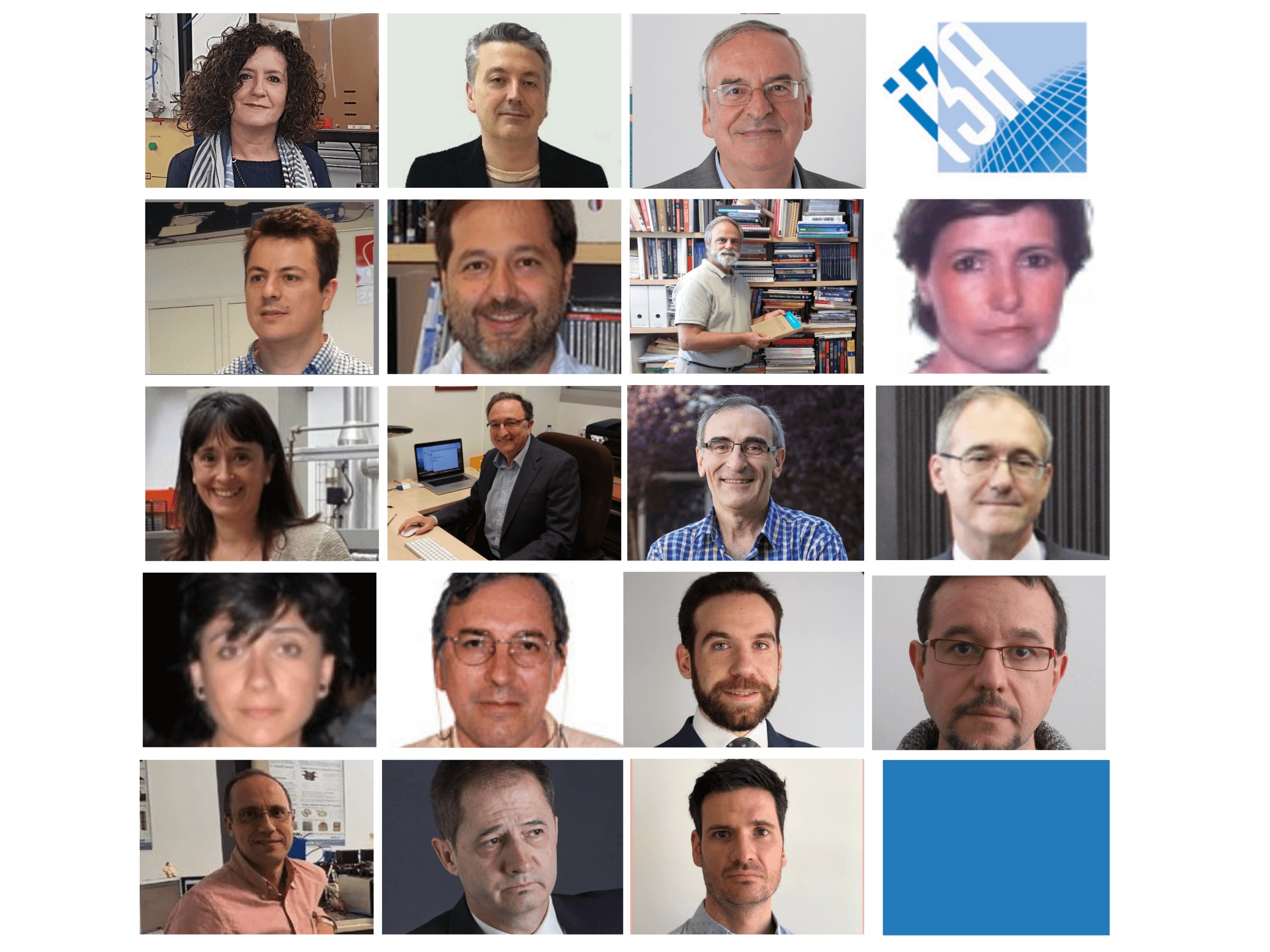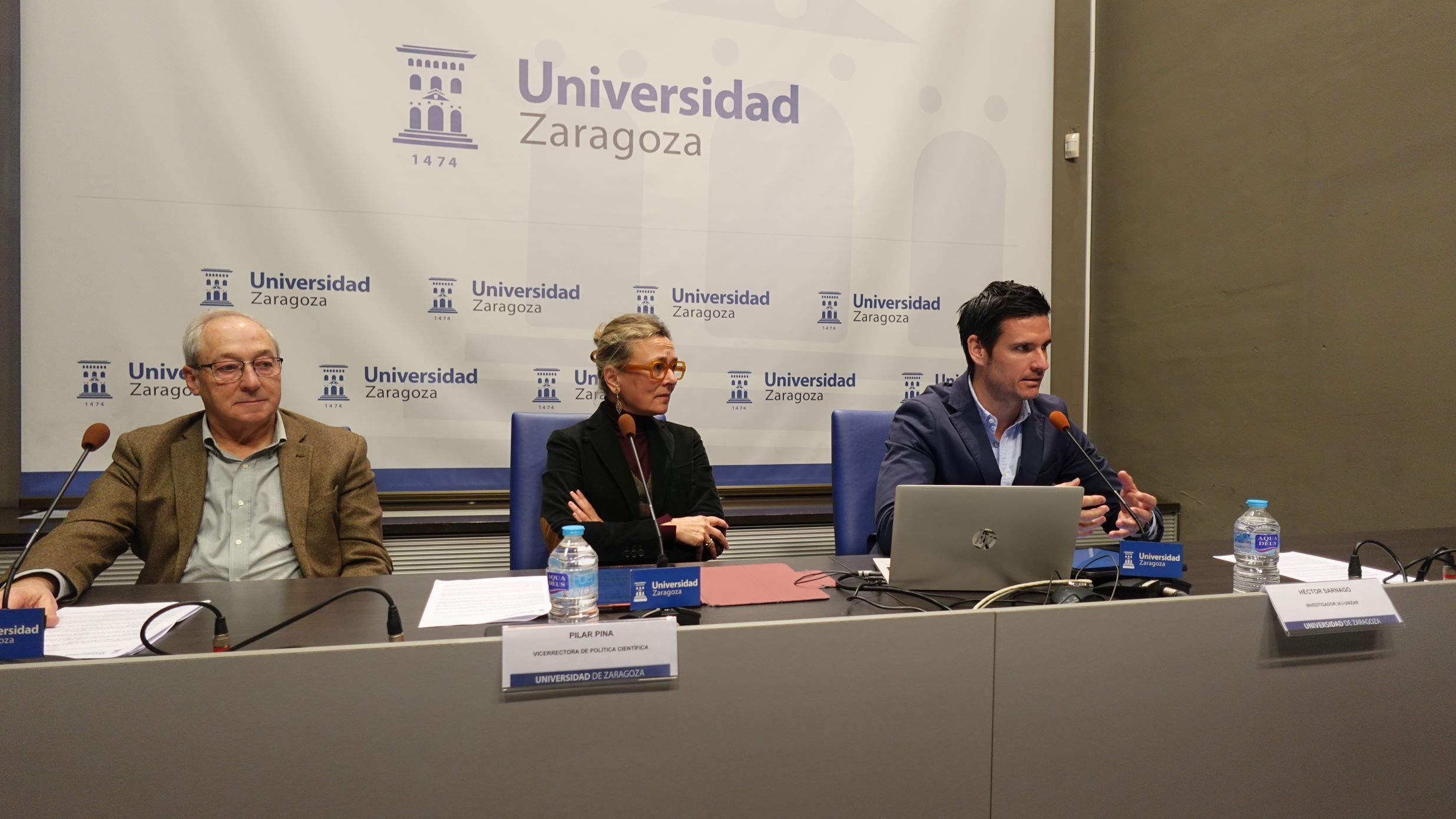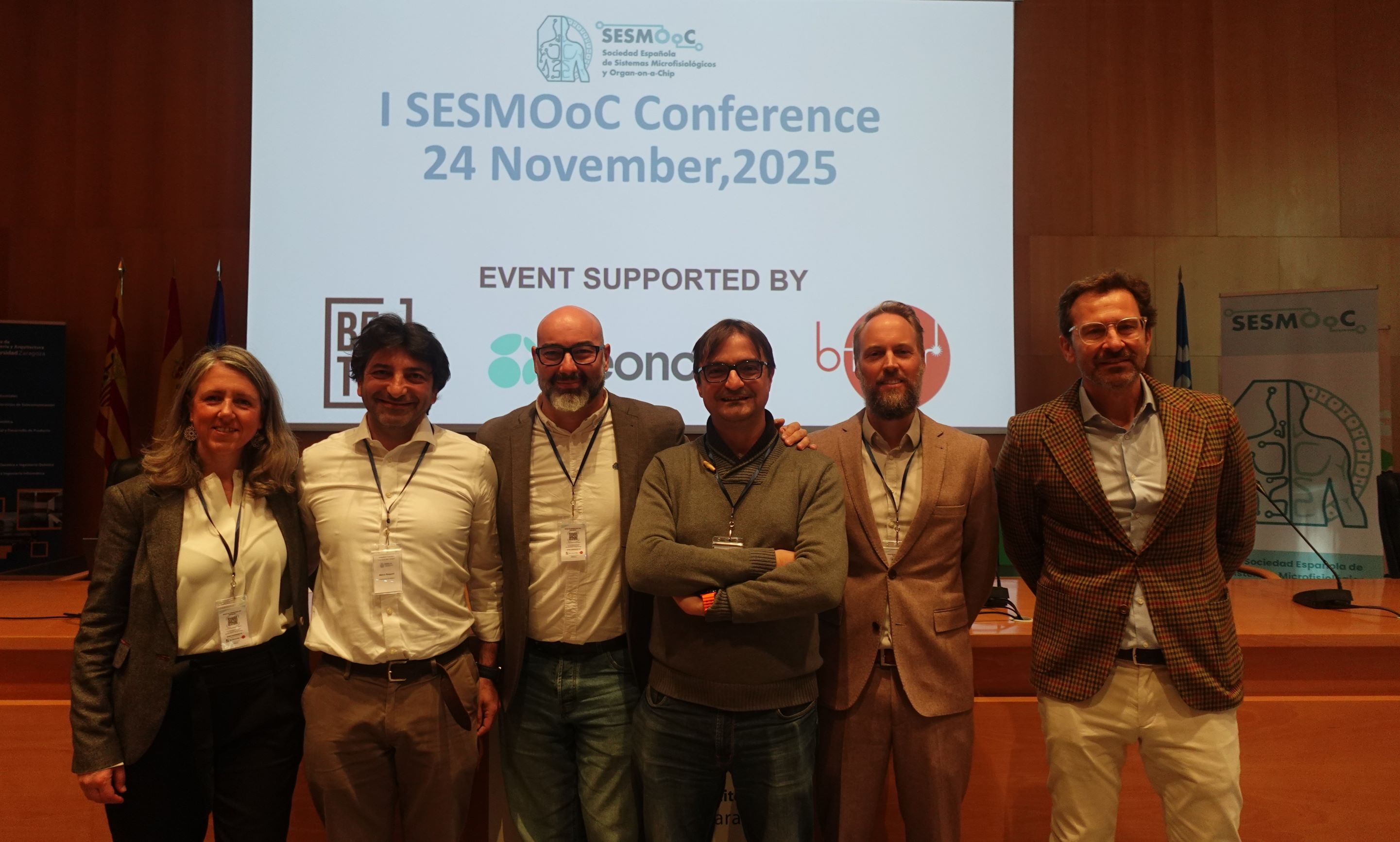
According to the Stanford University (California, USA) "Ranking of the World Scientists: World's Top 2% Scientists", 18 researchers from the Aragon Engineering Research Institute (I3A), out of a total of 272, are among the 2% of the most influential in the world in their scientific career or among the most influential in 2019, 10 of them are part of both lists.
The Stanford University ranking is considered the most prestigious in the world, including more than 160,000 scientists from different areas of work. Standardized information on citations, h-index, co-authorship-adjusted hm-index, citations of articles in different authorship positions, and a composite indicator are provided and the data is shown separately for the impact of one year and the entire career.
The I3A researchers included in this “Top 2%” at Stanford University for their scientific careers are Joan Manyá and Rafael Bilbao, from the Chemical Engineering area; Jesús Acero, Óscar Lucía and José Miguel Burdío, from Electronic Technology; Miguel Ángel Lozano, from the Thermal Machines and Engines area; Santiago Celma, from Electronics; Estefanía Peña and Manuel Doblaré, both from Continuous Media Mechanics and Signal Theory; Juan Domingo Tardós and Manuel Silva, in Systems Engineering and Electronics; Uxue Alzueta, from the Environmental Technologies area; Pablo Laguna, from Signal Theory and Communications, and Cristina Nerín, from Analytical Chemistry.
In addition, Stanford University publishes a similar list with the 2% of the most influential scientists in 2019, which includes Carlos Flavián, from the Marketing and Market Research area; Belén Zalba, of Thermal Machines and Engines; Claudio Carretero, from Applied Physics, and Héctor Sarnago, from the Electronic Technology area. Along with these four I3A researchers are also 10 others who already appear in the previous list: Joan Manyá, Jesús Acero, Óscar Lucía, Estefanía Peña, José Miguel Burdío, Juan Domingo Tardós, Uxue Alzueta, Pablo Laguna, Manuel Doblaré and Cristina Nerín.
More about the study
"Updated All-Science Authors' Databases of Standardized Citation Indicators". An available database of 100,000 top-level scientists. Metrics with and without self-citation and the ratio of citations to articles that cite are provided. Scientists are classified into 22 scientific fields and 176 subfields. Field and subfield specific percentiles are also provided for all scientists who have published at least 5 papers. The data for the entire race is updated until the end of 2019.




